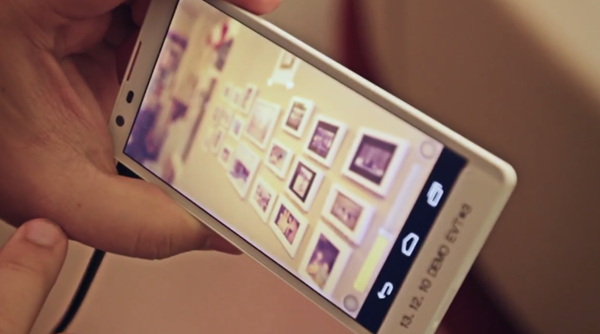The Advanced Technologies and Projects (ATAP) team over at Google has today unveiled Project Tango, an innovative new piece of smartphone technology that offers genuine 3D motion tracking to mobile devices. The ambitious development, which project lead Johnny Chung Lee describes as being part of a goal "to give mobile devices a human scale understanding of space and motion," looks very exciting indeed, and with seemingly no boundaries as to where this technology could go and how it may eventually be used, a prototype kit has already been prepped for intrigued developers. Further details, including a demonstration video, can be seen after the fold.
Like Project Glass, Tango’s progress will rely heavily upon developers taking their time and using their knowledge to really delve into the core technology, creating great apps and experiences for the new 3D sensor.
In most high-end devices of today, you get an accelerometer, proximity sensor, gyroscope, and other such effects, any of which can combine to greatly enhance the general user experience and functionality. But in Project Tango, which has spawned through a culmination of the efforts of great minds, Google has a potential game-changer, allowing a smartphone, and eventually, a tablet, to perceive space, objects and movement as we do as humans.
The credit for the chip itself goes to Movidius and its Myriad 1 vision processor, and as well as being supremely energy-efficient, the chip permits the Project Tango hardware to process one quarter of a million 3D measurements per second. This, in turn, allows the device to create an accurate map of its surroundings.
The video below offers a better insight as to what Project Tango is all about, and although it’s rather early to be getting too carried away, there’s no telling where this development could eventually lead once developers get their hands on the hardware.
At present, Project Tango is not connected to the company’s Android ecosystem, although if and when the evolutionary steps begin to take place and it’s determined that there’s genuine, real-world use for its powers, it’s more than likely that those on Google’s mobile ecosystem will be among the very first beneficiaries.
For more details, simply point your browser to: google.com/atap/projecttango/
Check out the video below:
What do you think of Project Tango?
You can follow us on Twitter, add us to your circle on Google+ or like our Facebook page to keep yourself updated on all the latest from Microsoft, Google, Apple and the Web.

